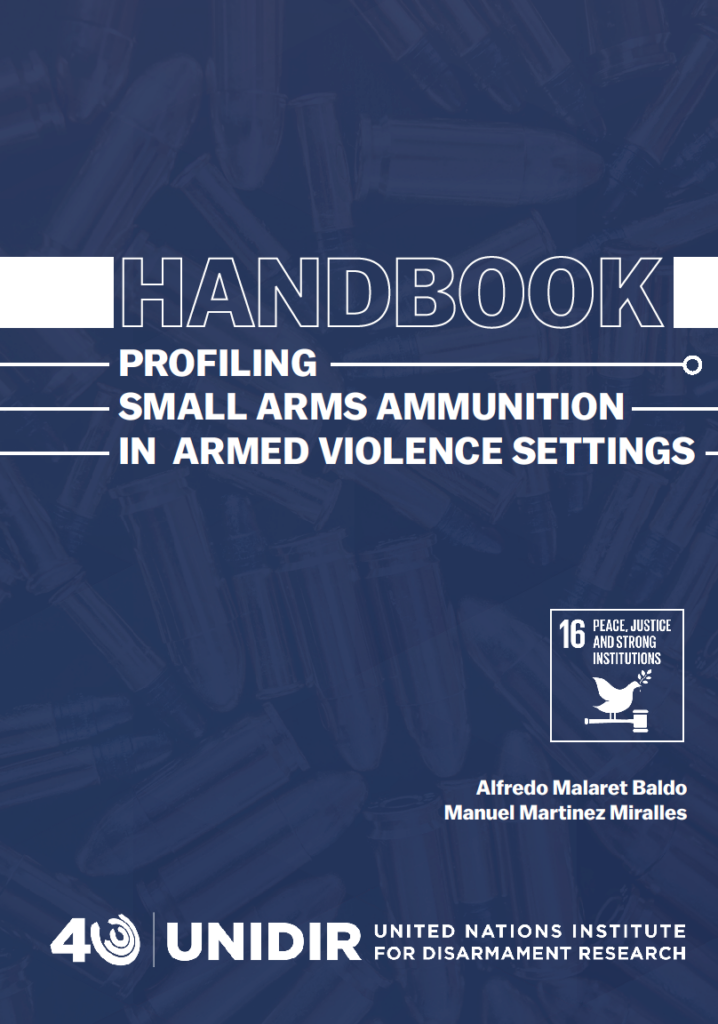Focusing on ammunition flows and misuse can help reduce armed violence. There are several potential advantages to focusing on ammunition: unlike firearms, ammunition must be replenished once used and restricting its flow can therefore ‘starve firearms of oxygen’. Also, ammunition supply-chains tend to be shorter from transfer to use, increasing the scope for domestic policy to have an immediate effect reducing armed violence in urban environments. In short, improved research into ammunition flows and the dynamics enabling lethal outcomes can inform policy responses with potential to reduce firearms-related violence in armed violence settings.
This Handbook offers users a step-by-step how-to guide for ammunition profiling by generating an overview of the small arms ammunition that have been diverted, trafficked, and/or misused in particular urban environments. This Handbook will help practitioners build an evidence base to inform downstream policies aimed at curbing the flow of ammunition proliferation reaching unauthorized hands and/or unauthorized use in urban environments. Afterwards, the evidence and lessons learned from urban environments can be channelled upstream to inform multilateral and global processes. Therefore, this Handbook presents itself as a product with two distinct contributions to the field in that it: (i) codifies a methodology for any interested user to utilize it and yield results in a standardized manner and (ii) presents the ammunition profiling methodology with an armed violence in urban environments lens, for replication studies to follow suit across different cities.
Find the details and recording of the launch event of the Handbook here.
Citation: Alfredo Malaret Baldo and Manuel Martinez Miralles (2020) "Handbook to Profile Small Arms Ammunition in Armed Violence Settings", UNIDIR, Geneva, Switzerland. https://doi.org/10.37559/CAAP/20/ASC/19
TRANSLATIONS
• Español: Manual para la Elaboración de Perfiles de Municiones de Armas Pequeñas
Sponsor Organizations: Donor: Government of Germany
